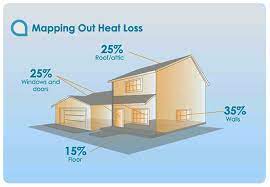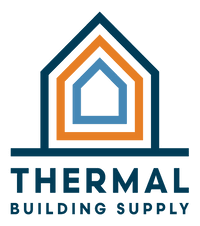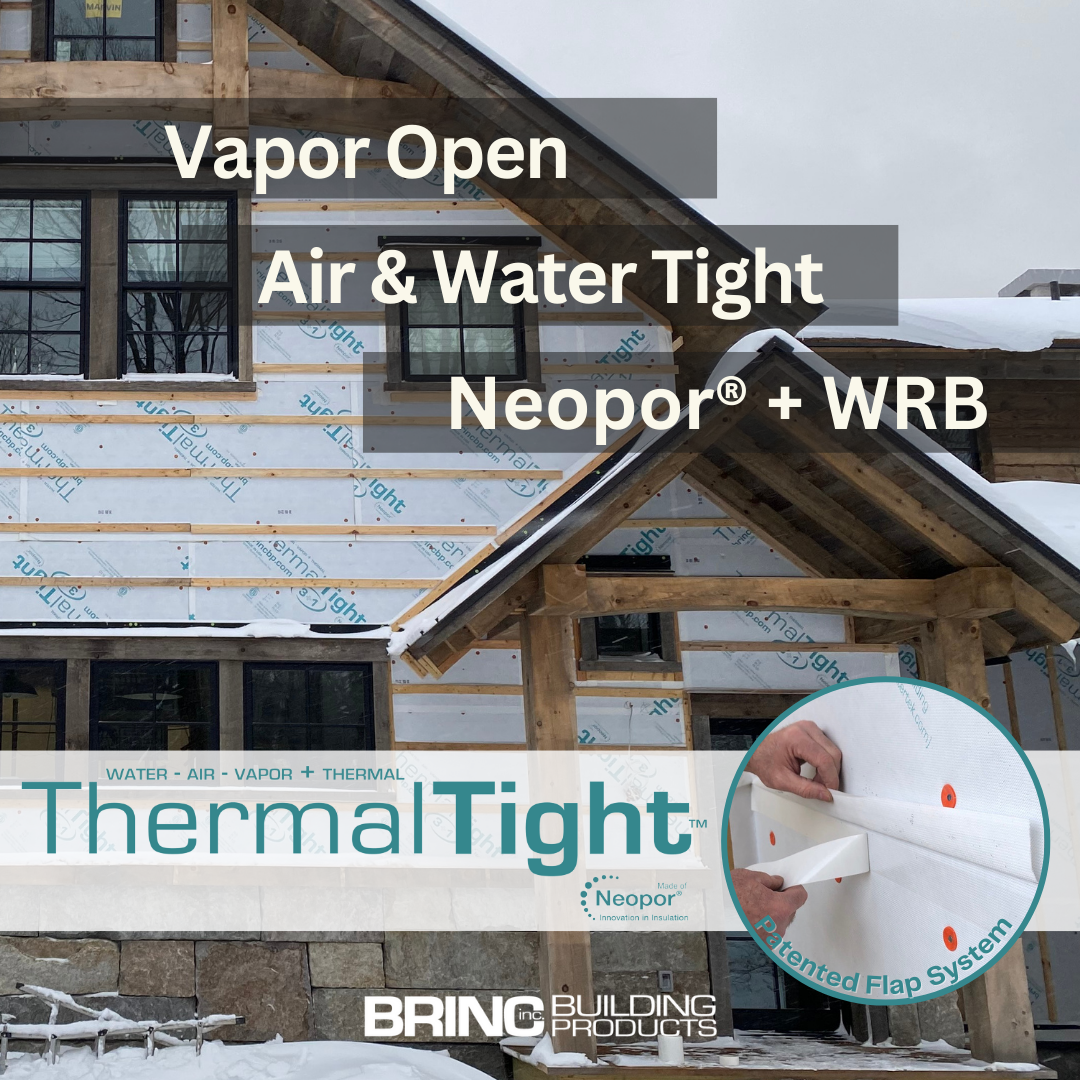Navigating Continuous External Insulation Code Requirements: Architect Edition

As the demand for energy-efficient and sustainable buildings continues to rise, architects are taking the lead in integrating innovative solutions into their designs. One such solution gaining prominence is continuous external insulation. However, meeting code requirements while incorporating this insulation strategy can be a complex task. In this guide, we explore how architects can design buildings with continuous external insulation while adhering to relevant code regulations.
- Understand Local Building Codes:
b. Fire Safety: Check for fire resistance standards that the chosen insulation materials and cladding systems must meet. Some insulation materials may require additional fire-retardant treatments.
c. Thermal Bridging: Many codes now address thermal bridging to ensure the continuity of insulation layers. Familiarize yourself with these provisions and design to minimize heat transfer through connections and junctions.
- Incorporate Proper Installation Techniques:
b. Air and Moisture Barriers: Integrate air and moisture barriers as necessary to prevent infiltration and manage condensation. These barriers are critical for maintaining the long-term performance of the insulation system. ThermalTight products incorporate a water resistant barrier that allows the building to breathe while also keeping moisture out- feel free to reach out to us about this.
Incorporating continuous external insulation into architectural designs while meeting code requirements demands a thorough understanding of local regulations, collaboration with experts, and meticulous documentation. By embracing these principles, architects can create buildings that not only reflect innovative design but also contribute to a sustainable and energy-efficient built environment.



